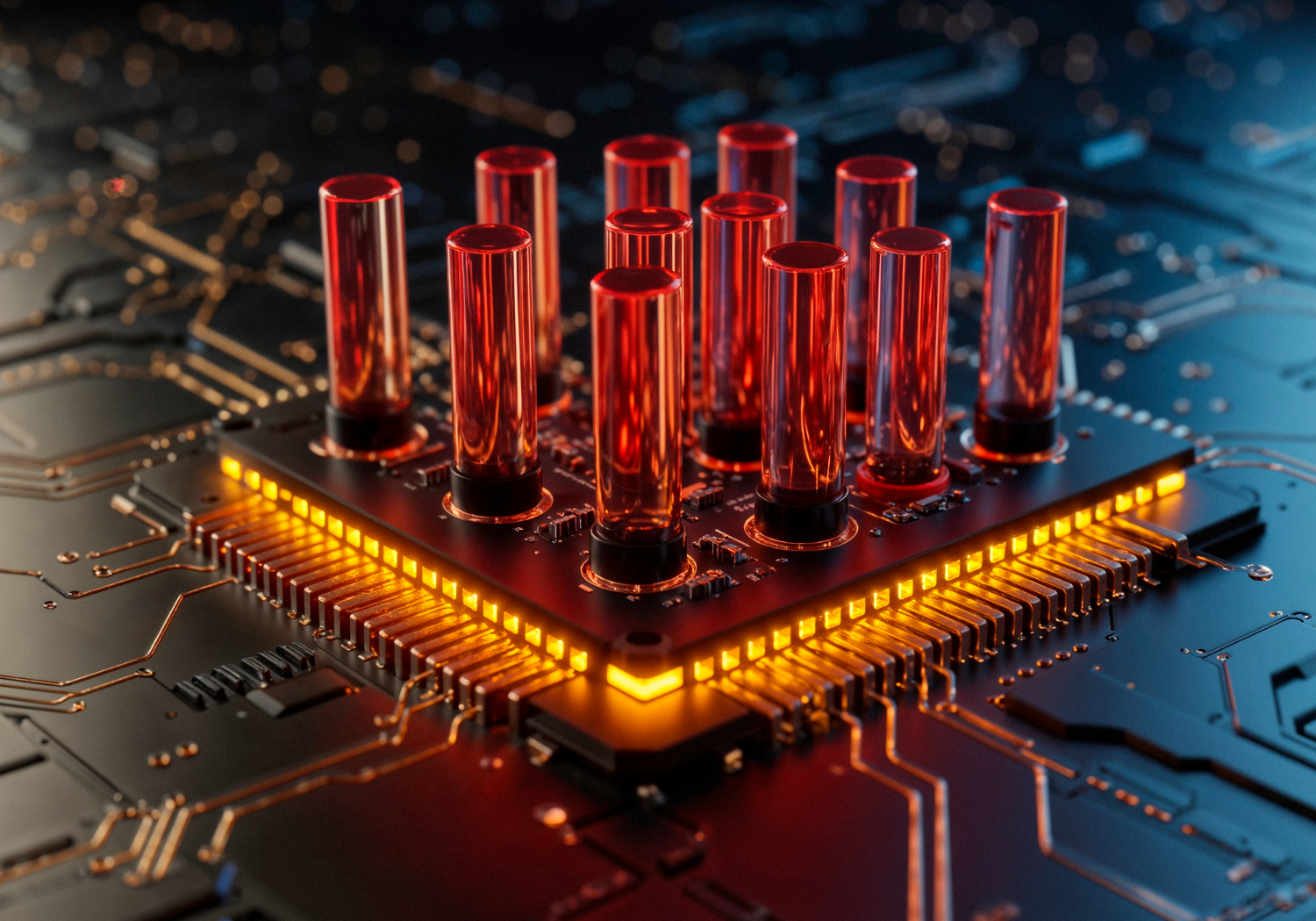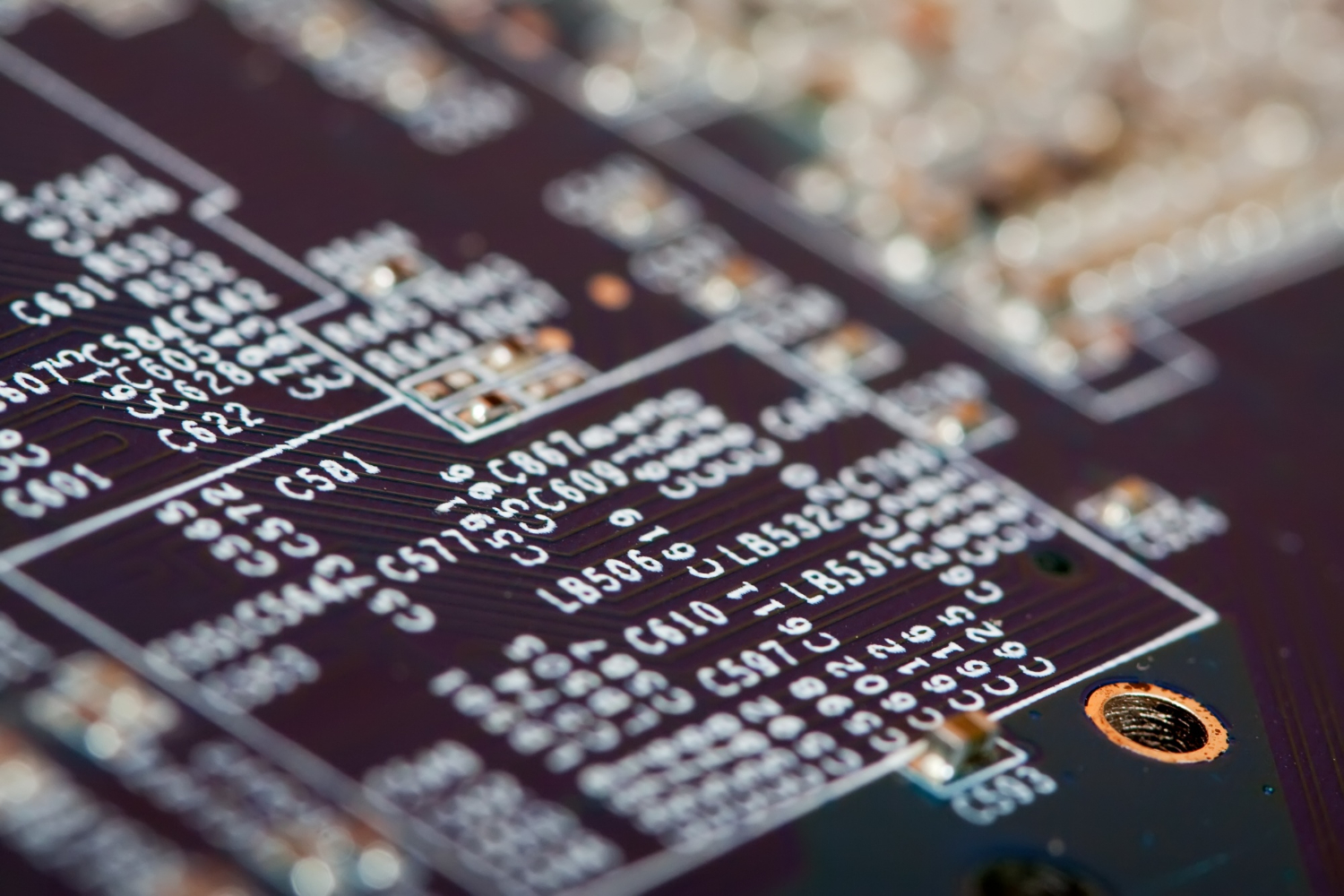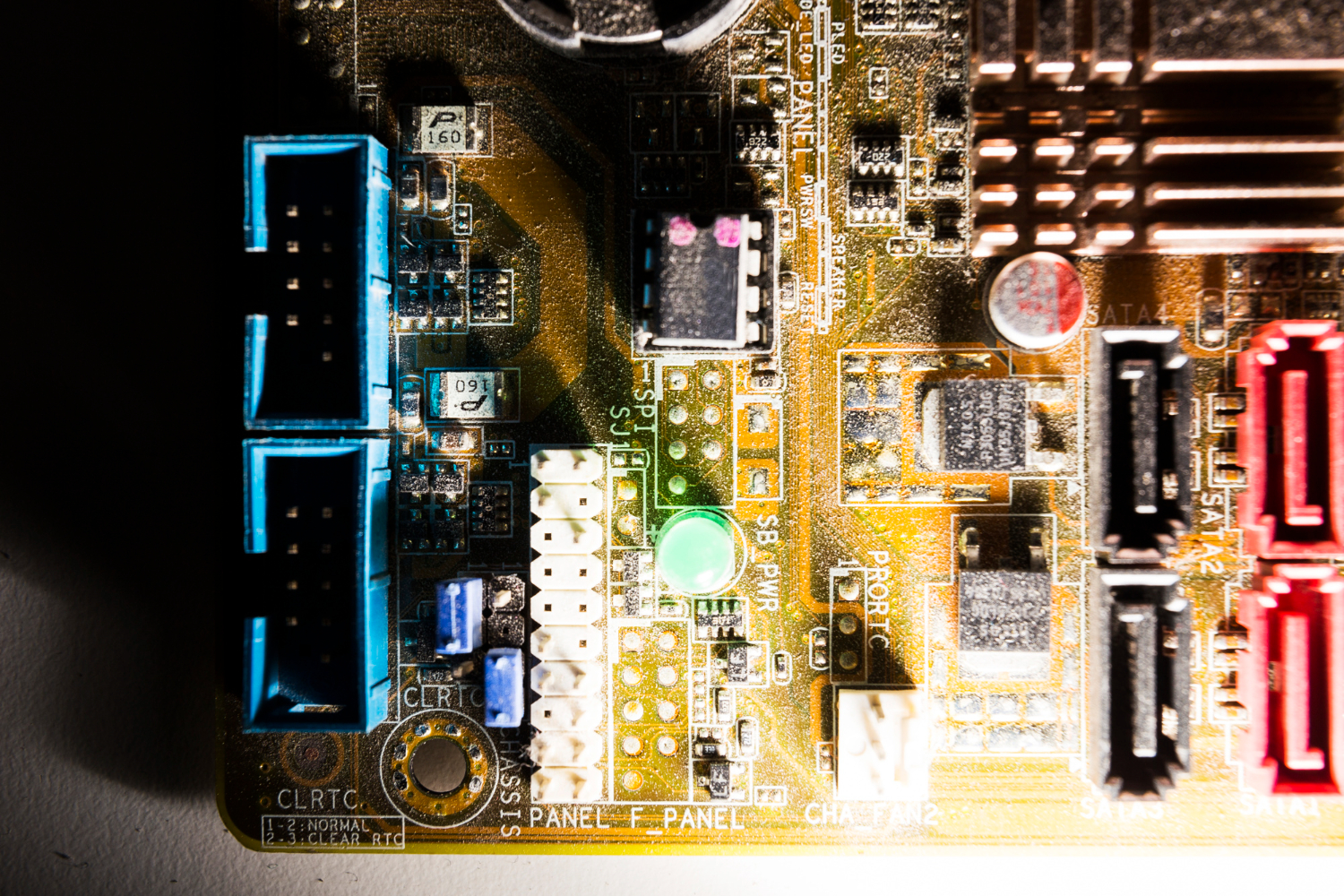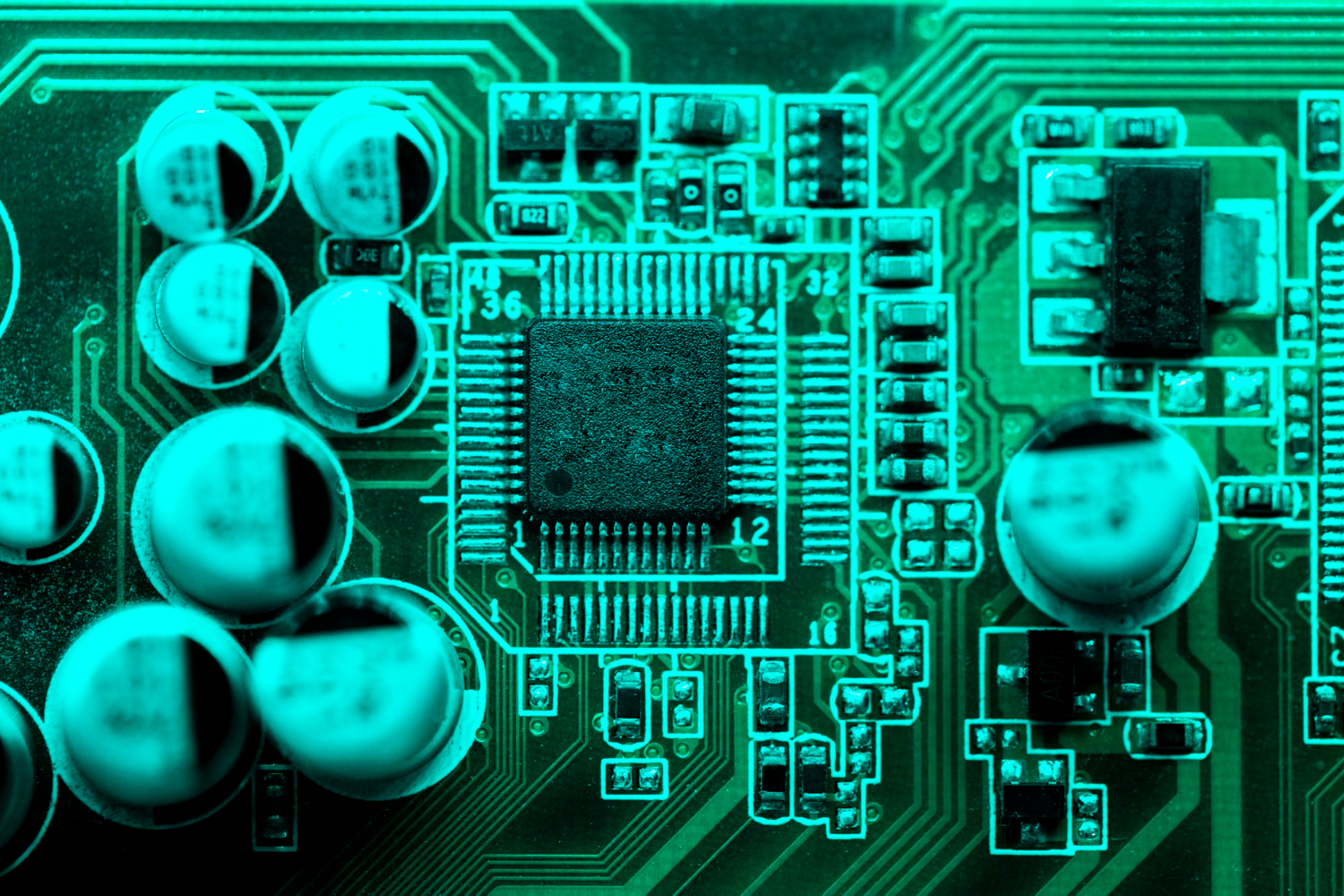What is IoT Edge Computing?
IoT edge computing refers to processing data close to the source where it is generated, rather than sending it to a centralised cloud for analysis. In traditional systems, data from IoT devices is sent to cloud data centres for processing. With edge computing, the data is processed on the edge devices themselves or on nearby systems. This approach is increasingly common in smart cities, connected cars, and various industrial applications.
How Edge Computing Fits Into IoT
The Internet of Things (IoT) consists of a wide range of devices, sensors, and systems that collect and exchange data. These devices are often scattered across different locations, from homes and businesses to large-scale industrial environments. IoT platforms enable devices to interact with each other and share this sensor data in real time.
However, as the volume of data from IoT sensors increases, sending all of it to distant data centres for processing can slow down response times. This is where edge computing comes into play. By processing data locally on edge devices, the system can respond faster and reduce the strain on internet connectivity and cloud infrastructure.
Benefits of IoT Edge Computing
Faster Response Times
One of the main benefits of IoT edge computing is reduced latency. Because data processing happens close to the source, the system can respond in real time. In IoT applications like connected cars, quick response times are crucial. For example, in a smart traffic management system, edge devices can process sensor data locally to adjust traffic lights instantly, improving flow and reducing congestion.
Improved Data Security
Transmitting vast amounts of data to a central cloud can expose sensitive information to security risks. Edge computing reduces these risks by limiting the amount of data that needs to be transferred over the internet. Since processing happens on local devices, there are fewer opportunities for interception or unauthorised access.
Industries with strict security requirements, such as healthcare and finance, benefit from edge computing by keeping sensitive data closer to the point of origin. By using edge devices, these industries can implement additional security measures that protect IoT data before it ever leaves the local network.
Reduced Bandwidth Usage
With IoT sensors producing enormous volumes of data, constantly sending this data to cloud data centres can use up significant bandwidth. By processing data on edge devices, only relevant information or summaries need to be sent to the cloud. This not only reduces internet traffic but also cuts costs associated with data transmission and storage.
In environments with limited internet connectivity, such as remote industrial sites or rural areas, edge computing ensures that IoT systems can continue operating efficiently without needing a high-speed connection to the cloud.
Enhanced Reliability
Cloud services depend on consistent internet access. In cases where connectivity is weak or interrupted, IoT edge computing ensures that systems continue functioning. Edge devices can keep processing sensor data and running machine learning algorithms even when cloud access is temporarily unavailable.
In supply chains, for example, edge computing allows systems to track and monitor goods in real time, regardless of internet availability. This means that important processes can continue even in locations with unstable connectivity.
Real-Time Decision Making
Certain IoT applications require immediate action based on real-time data analysis. In manufacturing, edge computing can help optimise production lines by allowing machines to adjust their operation based on live data from sensors. This enables devices to make decisions without waiting for a response from the cloud.
Similarly, in smart cities, systems can adjust energy usage, lighting, or traffic control in response to local conditions. This not only improves efficiency but also helps reduce the overall strain on central systems.
Read more:
AI: The Bright Spark Behind Smart Lighting Solutions
Smart Grids in Energy Management
Exploring AI’s Role in Smart Solutions for Traffic & Transportation
Real-World Applications of IoT Edge Computing
Smart Cities
Edge computing is essential for smart cities, where thousands of IoT sensors collect data from various sources, such as traffic lights, street cameras, and environmental sensors. Processing data locally at the edge allows cities to manage these systems in real time. For instance, smart traffic systems can analyse local data to improve the flow of vehicles, reducing congestion and pollution. Smart lighting systems can also automatically adjust brightness based on local conditions.
Read more: The Future of Cities Lies in AI and Smart Urban Design
Connected Cars
Connected cars rely on IoT sensors and edge computing to make split-second decisions, such as braking, steering, or alerting the driver to potential dangers. These edge devices can process data from cameras, radars, and other sensors in real time, ensuring the vehicle responds immediately to its surroundings. This real-time decision-making is critical for safety in autonomous vehicles, where any delay could have serious consequences.
Read more: AI for Autonomous Vehicles: Redefining Transportation
Supply Chains
In modern supply chains, edge computing helps companies track and monitor goods in real time, even in remote locations. IoT sensors provide data on the location, condition, and security of shipments. Edge devices can process this information locally, allowing for immediate action if a problem arises, such as a delay or damage to goods.
This capability is especially valuable in industries like food and pharmaceuticals, where products must be kept within specific temperature ranges during transport. With edge computing, any changes in conditions can trigger instant corrective actions.
Read more: Transformative Role of AI in Supply Chain Management
Healthcare
Healthcare providers are using edge computing to support IoT applications in hospitals and clinics. Medical devices equipped with IoT sensors can monitor patients in real time, alerting staff to any irregularities immediately. This allows doctors to provide faster and more personalised care.
By processing data locally, these devices reduce the need for constant internet connectivity, ensuring reliable performance in critical situations. Additionally, the use of edge computing ensures that sensitive patient data remains secure, as it doesn’t need to be sent to cloud data centres for analysis.
Read more: Eat Right for Your Body with AI-Driven Nutritional and Supplement Guidance
Retail
Retail businesses use IoT sensors and edge devices to optimise their operations. For example, smart shelves equipped with sensors can detect when stock is running low and automatically reorder products. Edge computing allows these decisions to be made in real time, ensuring the shelves are restocked promptly.
In addition, IoT edge computing enhances customer experiences by enabling fast and personalised services. For instance, retailers can offer real-time promotions to customers based on their location in the store, enhancing both engagement and sales.
Read more: The AI Innovations Behind Smart Retail
The Role of AI in IoT Edge Computing
Artificial intelligence (AI) plays a key role in enhancing the capabilities of IoT edge computing. By embedding machine learning algorithms into edge devices, IoT systems can become more intelligent, making decisions and adapting to changing conditions without needing constant input from human operators.
For example, AI-powered edge devices can analyse sensor data to identify patterns and anomalies in real time. In industrial settings, this capability enables predictive maintenance, allowing companies to address equipment issues before they lead to costly downtime.
AI models can also help edge devices become more efficient at processing large amounts of data. In video surveillance, for instance, AI-driven edge devices can analyse footage locally to detect suspicious activity, reducing the need to transmit hours of video footage to a centralised data centre for review.
Overcoming Challenges of IoT Edge Computing
Despite its benefits, implementing edge computing in IoT applications does come with challenges. One of the main issues is the need for specialised hardware. Edge devices must be powerful enough to handle data processing tasks but small and energy-efficient enough to operate in a wide range of environments.
Additionally, managing large-scale edge computing networks requires advanced software tools. Companies must ensure that their edge devices are running up-to-date machine learning algorithms and are capable of securely transmitting the relevant information to cloud systems.
How TechnoLynx Can Help
TechnoLynx offers cutting-edge solutions for businesses looking to integrate IoT edge computing into their operations. Our experts understand the complexities of managing IoT platforms and edge devices across a range of industries. We offer solutions that ensure your IoT systems are secure, efficient, and scalable. With our tailored solutions, you can improve response times, reduce bandwidth costs, and ensure your systems operate reliably in real-world conditions.
TechnoLynx can also assist in integrating cloud computing with edge systems, allowing you to manage both local and centralised data processing seamlessly. Whether you’re working on smart city projects, connected cars, or industrial applications, we have the experience to deliver robust IoT solutions that meet your business needs.
Image credits: Freepik













